Ghee has quite a long history, as it has been used in Indian cooking for many thousands of years. Ghee is an essential (and nutritional) element in Ayurveda and in much of Indian cuisine, similar to the way butter or margarine is used in American cooking. Ghee also transcends the cooking realm, as it is used often in religious ceremonies and in various healing arts in Indian culture. Additionally, Ghee’s nutritional and health benefits are touted as ideal for anyone from athletes to people of all ages looking to lead a healthy lifestyle.
Desi Cow Ghee is one of the most popular Ayurvedic foods which has magnificent healing properties. Ghee is one of those food items which has a strong relevance to our lives as it is not just a part of our traditional cuisine but is also strongly recommended by Ayurveda due to its medicinal properties. Cow ghee is full of antioxidants and is also antibacterial and anti-fungal in nature. Loaded with important nutrients and fatty acids, ghee is also considered a superfood. Cow ghee is believed to be most beneficial when consumed with milk. Sounds weird? But it’s true. In ancient times, milk with ghee was a part of not just the diets recommended by Ayurvedic physicians but was also what the kings and warriors consumed for bodily strength.
Most notably, cow ghee (which is the Sanskrit term for clarified butter) is said to stimulate the secretion of stomach acids to help with digestion, while other fats, such as butter and oils will slow down the digestive process and can sit heavy in the stomach. Although tests and research are still ongoing, it has been used in Indian medicinal practice to help with ulcers, constipation, and the promotion of healthy eyes and skin. An Indian folk-remedy for thousands of years, cow ghee is also said to promote learning and increase memory retention. It is used as a base in many Indian beauty creams, and you can even find it in some makeups to help soften skin, and as a topical for the treatment of burns and blisters.
Read our blog- Which is healthier, ghee or vegetable oil?

Buy Pure Desi Cow Ghee Online : Order Now. Free Shipping

Medicinal use of cow ghee
Cow Ghee utilized in Ayurveda, used for numerous medical applications, including the treatment of allergy, wounds, skin and respiratory diseases. It is also known to retard the undesirable effects of drugs besides cancelling the effect of toxins in the body. However, Cow ghee has to be used in its optimum quantity and form in order to increase the efficacy of the Ayurvedic preparations. Cow ghee based formulations in Ayurveda are aimed at treating ailments related to the nervous system, digestive system and for psychological ailments too.
Many Uses of Desi Cow Ghee
- In India it is said that if a few drops of cow ghee are placed in the nostrils then nosebleed can be checked. If this is done twice in a day, then you can get relieved from headache.
- Cow ghee is used in Purvakarma, (early Panchakarma) where a small amount of cow ghee is taken first thing in the morning by the practitioner to oleate the internal organs and dissolve the toxic wastes in the tissues, allowing them to be carried to the digestive tract for elimination.
- Cow ghee is a great facial moisturizer.
- It can be used as a bath oil. Take two tablespoons of cow ghee and mix with several drops of an essential oil of your choice.
- Cow ghee is excellent for cooking & sautéing or stir-frying. Ghee has one of the highest flash points of all oils and it is very difficult to burn. In India, it is said that food is incomplete without the use of cow ghee.
- It is used as a carrier or “yogavahi” for herbs and bhasmas because of its supreme penetrating qualities and thus ability to carry these substances deep into the dhatus or tissues.
Read our blog – Why The Pure Desi Cow Milk Ghee Is Costlier Than Normal Ghee?
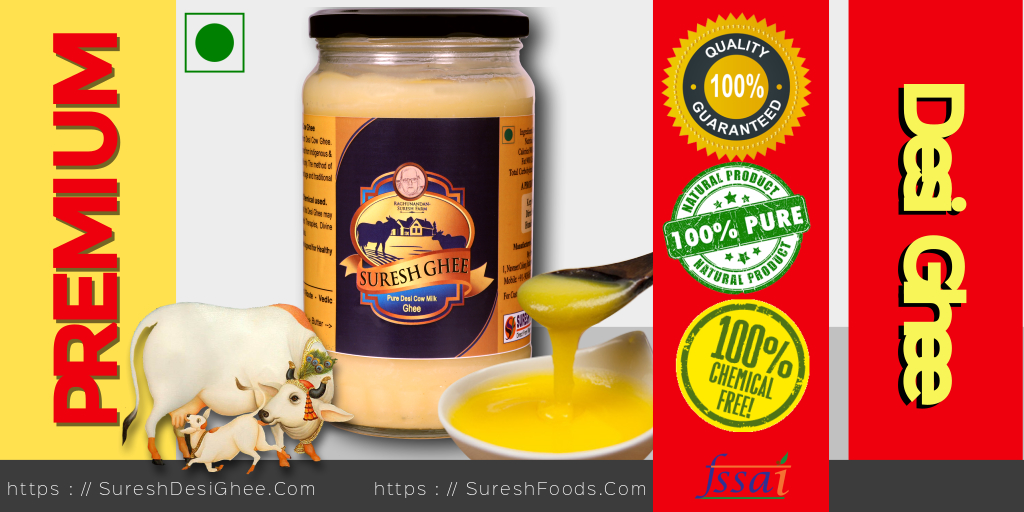
Buy Pure Desi Cow Ghee Online : Order Now. Free Shipping
Read our blog- 8 Reasons You Should Swap Butter for Desi Cow Ghee
The Healing Properties of Cow Ghee
- Boosting Memory: One of the most common Ayurvedic treatment for boosting your memory and helping with cognitive decline is eating ghee. It is said that cow ghee can enhance longevity and slow the ageing process.
- Wound Healing: Cow ghee has been shown to be effective at repairing and restoring the skin. It is also antiviral which means its perfect for sterilizing cuts, scrapes & burns.
- Burn injuries: Cow ghee is commonly used in India for the treatment of burns and wounds. Ghee based formulation were useful for wounds, painful ulcers, leprosy, insect bite wounds, herpes, wounds caused by heat or fire and deep wounds by external application as per the classical texts of Ayurveda.
- Fighting Inflammation: Ghee reduce the secretions of leukotrienes and prostaglandins, which both contribute to the formation of pain and swelling, due to the presence of omega-3 and omega-9 fatty acids.
- Strengthening the Aura: In Ayurvedic medicine it is believed that cow ghee has the ability to strengthen the aura and bring increased energy, libido and vitality to the body.

Ghee is one of the lightest oils, very flavorful and ideal for cooking, as it doesn’t burn easily. In Ayurveda ghee is recognized as a digestive, improving absorption and assimilation of the foods you are cooking -feeding all layers of body tissue and serving to strengthen the immune system. This amazing gift from the cows is rich with antioxidants, it nourishes and lubricates, helping to keep the body flexible. Ghee helps to clean channels, in order to carry the medicinal properties of herbs to the body’s tissues. It is most beneficial to Pitta and Vata types – Kapha types should use it more conservatively, limiting their daily intake to a teaspoon or two.
To make approximately 16 oz. (453.5 g) of ghee:
- – Place 12-16 sticks of unsalted butter in a saucepan until it boils; then lower the heat.
- – When the white foam of milk solids, which will accumulate on the top begins to collapse and thicken, start skimming it off.
- – Do not disturb the bottom of the pan, as some of these solids will also sink and can be left in the pot until after the ghee is poured off.
- – As the butter continues to boil, keep skimming off the solids on top, and watch the oily portion to see when it becomes clear, also watching the sediment on the bottom to see when it turns a golden brown.
- – Be careful this does not burn! When all the water is evaporated, the bubbling sound will stop. When only the clear oil and the golden sediment remain, the ghee is ready.
- – Remove from heat, and pour through cheesecloth to strain.
- – Store the ghee in an earthenware, glass or metal container.
Ghee doesn’t need to be refrigerated, although it will have a longer shelf life if kept cold. Make sure to keep it covered in order to keep out moisture.
AYURVEDIC USES OF GHEE IN MENTAL ILLNESS
Ayurveda guides us about the consumption of ghee which offers all around benefits, including sound mind and effective digestion.
Also, nourishes the brain and nervous system, ghee improves your memory and brain power. It is effective for mental and emotional imbalances.
Consuming ghee improves the efficiency of medicinal herbs, Ghee is a quite known catalyst and has the distinctive capacity to propel the healing properties considering medicinal herbs deep into the seven body tissues. This improves the efficiency and healing potency of the herbs by :
- A teaspoon of ghee before consuming food in the morning aids in relieving pain in the bladder region.
- Consuming a minimal amount of garlic with ghee can assist in treating chronic fever.
- Try to put a few drops of mixture of saffron and ghee into each nostril early in the morning during an empty stomach. It will aid in relieving migraine.
- A fine brain food, providing you all the beneficial immunity-enhancing advantages of ghee along with the mental health qualities of brahmi. You can add to cook your daily food with such a type of ghee to really integrate it as a part of your diet.
- In order to make it, initially pour 1 cup of ghee into a pan. Then add 4 cups of water and 1/4 cup of brahmi juice into the pan. Try to simmer gently on medium to low heat, then boil it down till liquid evaporates to 1 cup.
Cow milk and ghee are considered to be more sattvic, pure and purifying. On the alternate hand, buffalo milk and ghee are considered to be more tamasic, dulling the senses. Also, cow ghee consists of all the five elements – ether, air, fire, water, and earth. This is related to ojas which is considered to be the subtle life force that is responsible for one’s energy, vitality and immunity.
Ghee improves intelligence, purifies the memory or intellect and improves the recollection.

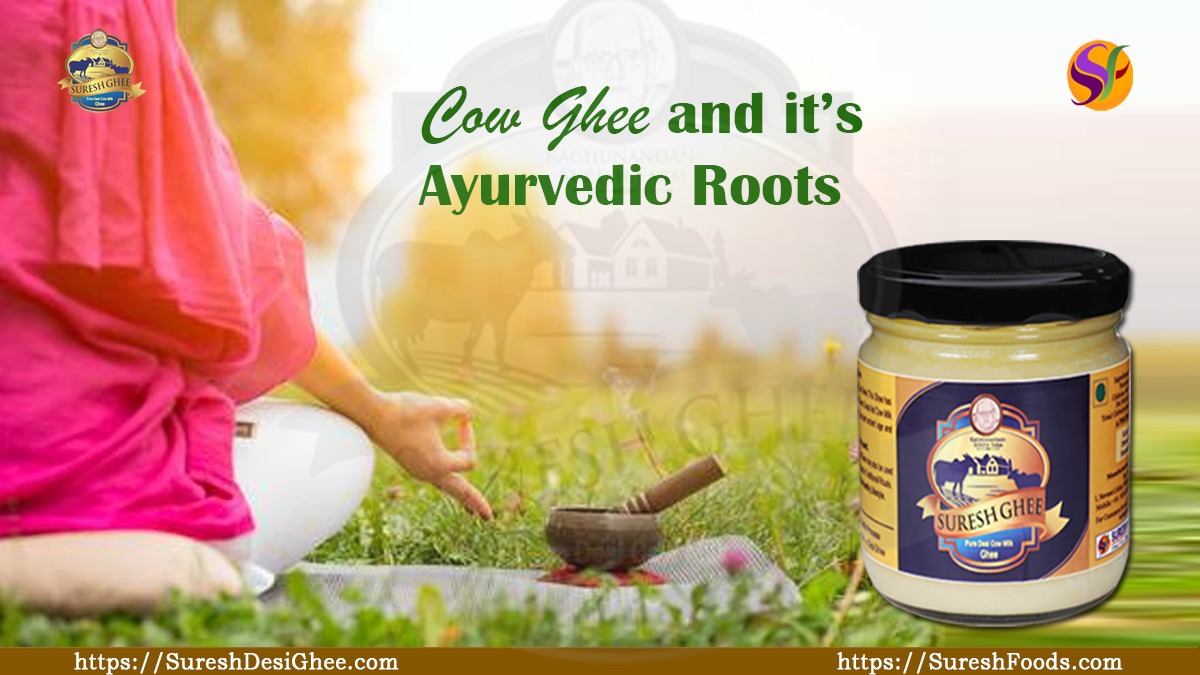
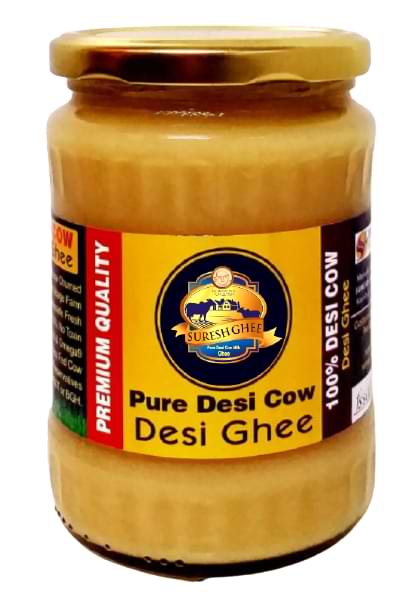

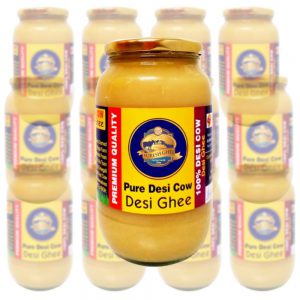
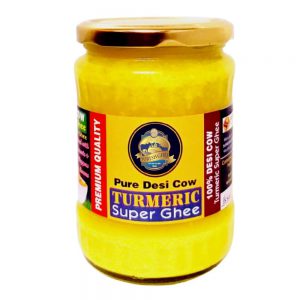
 WhatsApp us
WhatsApp us 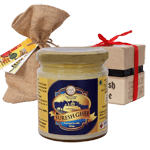
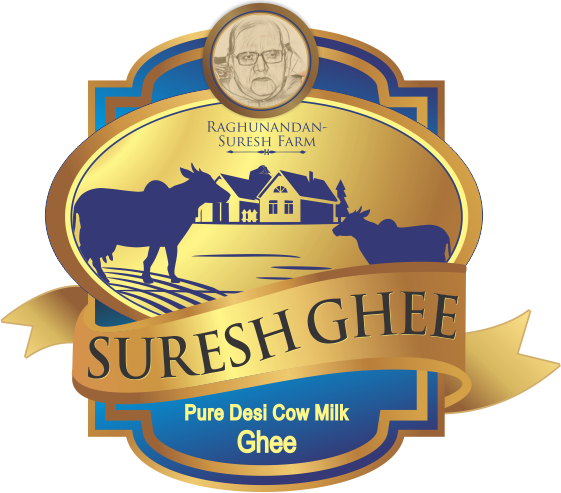
Naveen m...